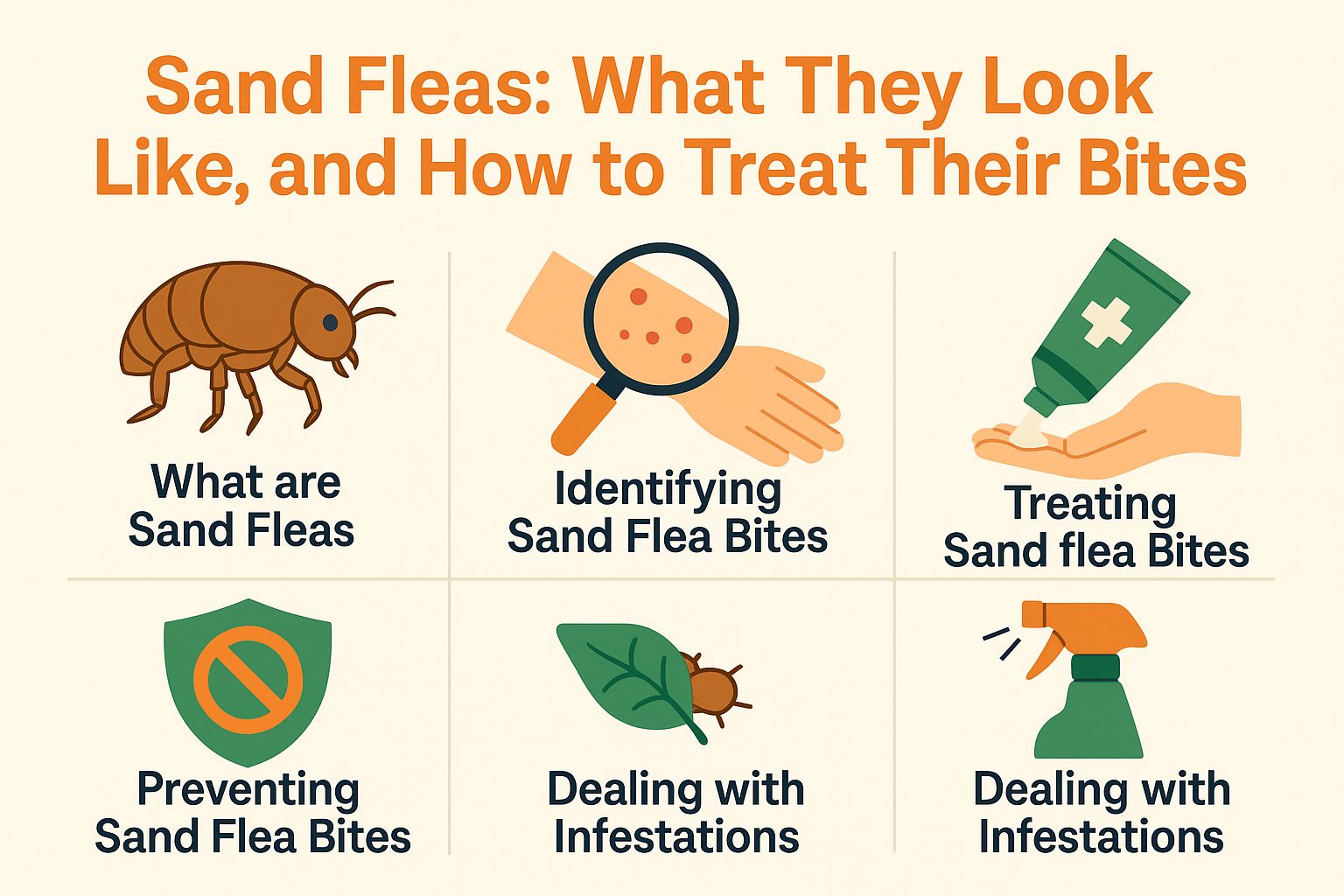
Sand Fleas: What They Look Like, And How To Treat Their Bites
Sand fleas can be more than just a nuisance during beach outings; they can also cause uncomfortable bites that require attention, especially due to skin irritation and itching.
This article by to pros at Pest Extinct explains what sand fleas are, focusing on their characteristics and behaviors and insect behavior. Learn how to identify bites and their symptoms including allergic reaction and redness and skin rashes, along with effective treatment options-both at home and through medical care and first aid.
Additionally, practical tips to prevent bites and ensure skin protection and tackle infestations in your living space will be shared. Stay informed and enjoy your time outdoors without the worry of sand fleas! Here’s is what a sand flea looks like:
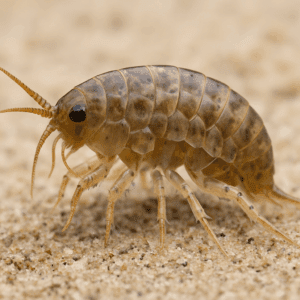
What are Sand Fleas?
Sand fleas, also called beach fleas or sand hoppers, are small crustaceans found in coastal areas worldwide. These small animals live in sandy areas and are important for the environment because they recycle nutrients and make the soil better.
They go through different stages of life, such as eggs, larvae, and adults, each adjusting to their habitat in distinct ways. Learning about their behavior and life cycle can show how they interact with their surroundings and the effects they might have on people and animals, especially those visiting beaches.
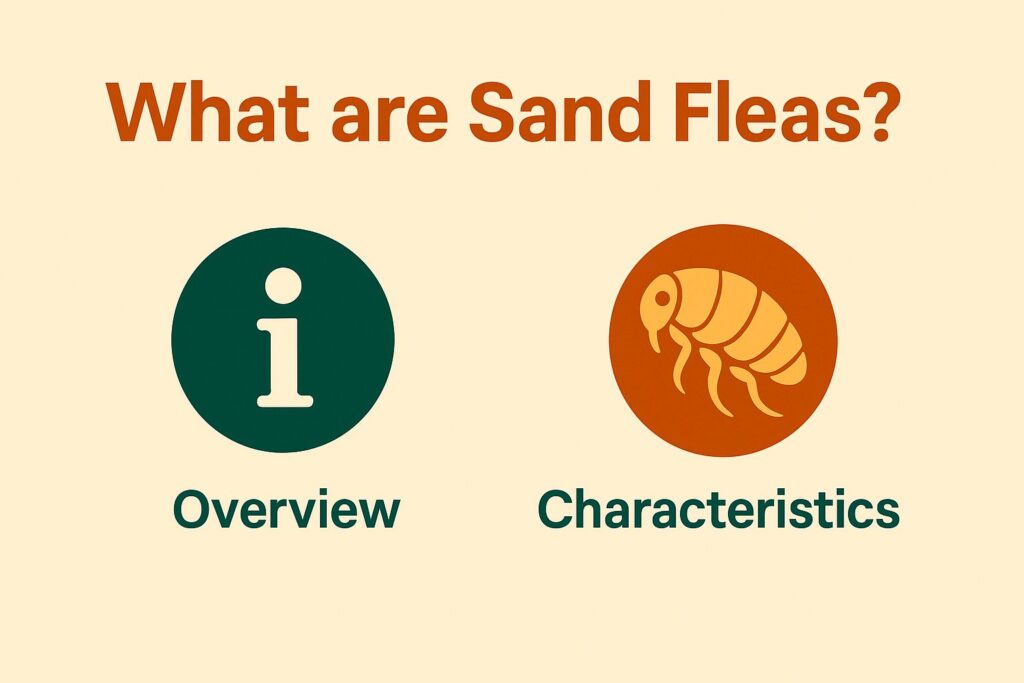
Overview and Characteristics
Sand fleas possess a distinctive appearance, characterized by their small, flattened bodies and long hind legs that enable them to jump effectively. It’s easy to mix up these pests with other insects that bite, so correctly identifying them is important for controlling them effectively. Infestations of sand fleas can occur in sandy environments, particularly on beaches, where they thrive and reproduce rapidly.
Along with their size, identifying sand fleas involves noting their segmented bodies and the presence of antennae that can vary among species.
While the common sand flea primarily inhabits coastal areas, other species may dwell in marshy regions or even inland. Their ecological behaviors, such as burrowing into sand for breeding, make them particularly challenging to manage once established.
Knowing the different species, including common ones like the Eastern sand flea and the Pacific sand flea, is important because each might need different methods to control infestations effectively.
Identifying Sand Flea Bites
Recognizing sand flea bites is important for knowing their effects on health, especially for those who spend time outdoors or visit the beach, especially in tropical regions.
These bites can cause itching, redness, swelling, and sometimes even allergic reactions. Sand flea bites usually look like small, raised bumps on the skin and can be confused with mosquito bites or other insect bites. For a clearer understanding of how these bites differ from others, such as bed bugs, you might find this guide on spotting the difference between bed bug bites and mosquito bites helpful.

Symptoms and Appearance of Bites
Sand flea bites can cause significant discomfort, presenting symptoms such as intense itching, inflammation, skin rashes, and visible redness around the bite area. In some cases, these bites may develop into rashes or lead to skin irritation, especially in individuals with sensitive skin or allergies to insect bites. Think you may have been bitten by a sand flea?
Here is what a sand flea bite looks like:

Recognizing these symptoms early can help in managing the irritation effectively. Additional factors such as heat, humidity, and existing skin conditions may further exacerbate the itching and discomfort associated with bites.
Those who frequently spend time on sandy shores or in areas where sand fleas thrive in coastal areas and are more prone to these reactions. It’s important to follow good skin care routines and use methods to prevent problems, including pest control.
Applying calming creams or taking antihistamines can help lessen allergy symptoms. Keeping the skin moisturized helps prevent more irritation.
Awareness of one’s environment and skin sensitivity, preventing dermatitis plays a key role in minimizing the impact of these unpleasant bites.
Treating Sand Flea Bites
Treating sand flea bites often involves using both home remedies and store-bought treatments to quickly relieve itching and discomfort.
Common methods include using creams, antihistamines, and natural remedies to reduce swelling and help heal scratching and skin irritation. If you’re curious about distinguishing between different insect bites, our guide on how to spot the difference between bed bug bites and mosquito bites provides helpful insights.
If the condition is more serious, it might be important to talk to a doctor.
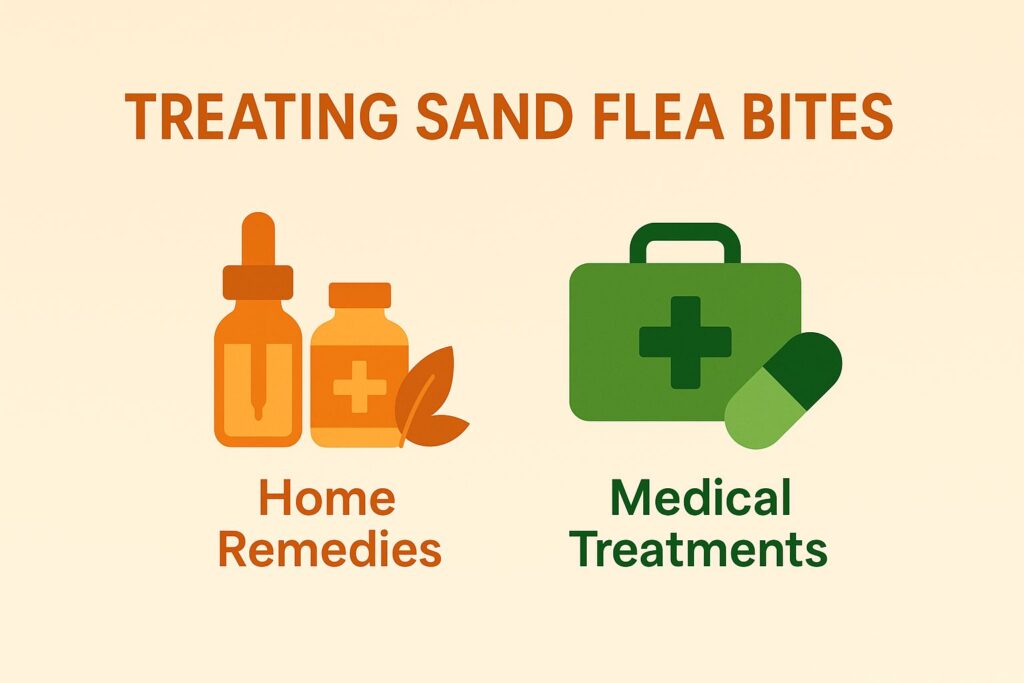
Home Remedies and Medical Treatments
Home remedies for treating sand flea bites include using natural ingredients known for their soothing properties, such as aloe vera and essential oils, which can reduce inflammation and provide relief from itching. Over-the-counter anti-itch creams, corticosteroids, and antihistamines are effective medical treatments for alleviating symptoms associated with sand flea bites.
You can also combine baking soda and water to make a paste that eases irritated skin. Vinegar might relieve itchiness due to its acid content.
Oatmeal baths are well-known for their ability to moisturize and calm irritated skin, a common form of dermatitis.
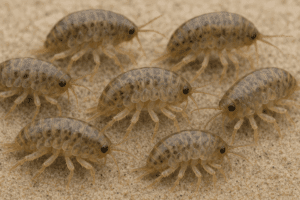
Severe reactions may require prescription treatments, like strong corticosteroids or antibiotics for infections, so getting a doctor’s advice is essential. This highlights the need to balance natural and medical approaches.
It’s important for people to notice their symptoms and visit a dermatologist for advice to find a solution that helps lessen their discomfort.
Preventing Sand Flea Bites
To avoid getting bitten by sand fleas, especially if you often go to the beach or coastal spots, take some simple steps.
- Wear clothes that cover your skin.
- Use insect repellent.
- Keep clean to lower the chance of bites and the irritation they cause. Understanding how to differentiate between various insect bites can also help manage symptoms better, such as identifying the difference between bed bug bites and mosquito bites.
Also, pay attention to your surroundings and be cautious when outdoors.

Tips for Avoiding Bites
To avoid sand flea bites, it is essential to implement flea control measures and practice outdoor safety, particularly when enjoying activities on the beach. Simple precautions, such as avoiding sitting directly on the sand and using beach blankets, can help minimize exposure to these pests.
Applying insect repellent containing DEET or permethrin on exposed skin and clothing can provide an extra layer of protection. Staying clear of damp areas where sand fleas tend to thrive is also beneficial.
Choosing light-colored clothes makes it easier to see insects. Shake towels and blankets well before using them to remove any bugs.
For those planning to enjoy beachside picnics, think about using raised tables or beach chairs to reduce contact with the sand, which increases outdoor safety and helps avoid unpleasant encounters with sand fleas.
Dealing with Infestations
To get rid of sand flea infestations, learn how to remove these pests from your home or yard effectively.
By using both home remedies and professional pest control methods, you can greatly lower the number of sand fleas and lessen their effects. See also: the insights on choosing the right pest control method for your home that can be particularly useful in managing such infestations.
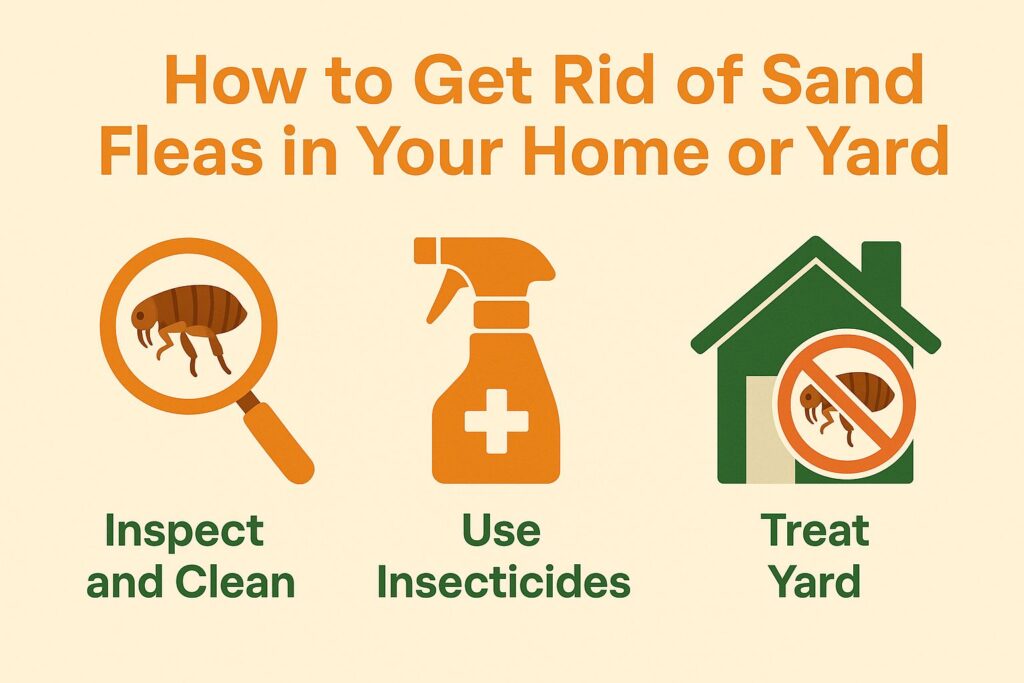
How to Get Rid of Sand Fleas in Your Home or Yard
To effectively get rid of sand fleas in your home or yard, consider using natural deterrents such as diatomaceous earth and Boric acid, which are both known for their pest control properties. Using these substances in your pest control plan can help get rid of sand fleas and stop them from coming back.
Along with using these natural alternatives, it is important to keep the area clean by vacuuming carpets and furniture often. This helps remove fleas and their eggs.
Washing bedding and pet items in hot water will stop these pests from continuing their life cycle. For chemical options, insect growth regulators can be applied to interrupt the flea reproduction process effectively.
Homeowners should consider hiring professionals for serious pest problems. Applying these strategies together will provide the most effective result to get rid of sand fleas and stop them from returning.
Leave a Reply